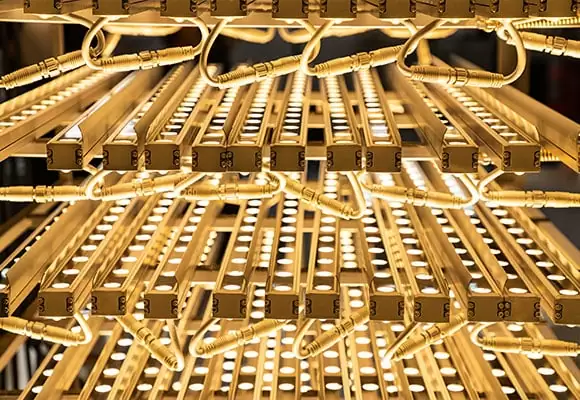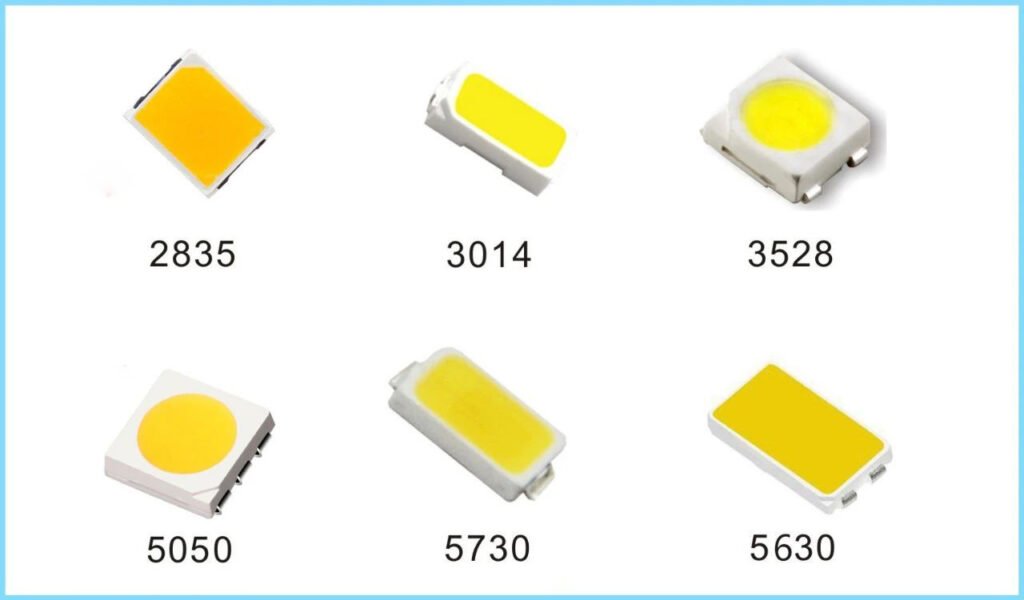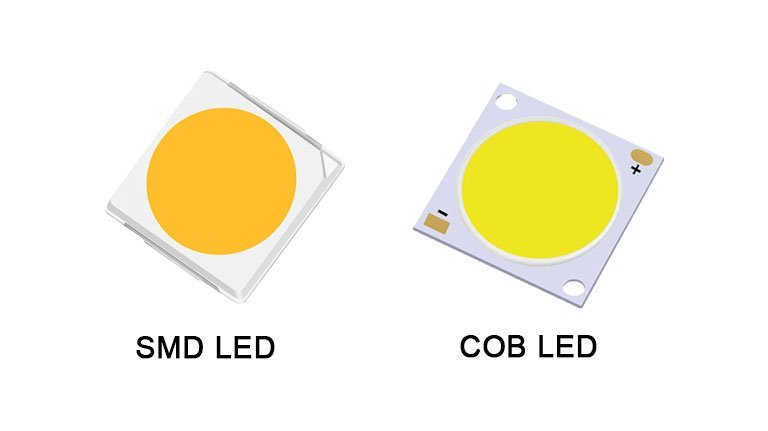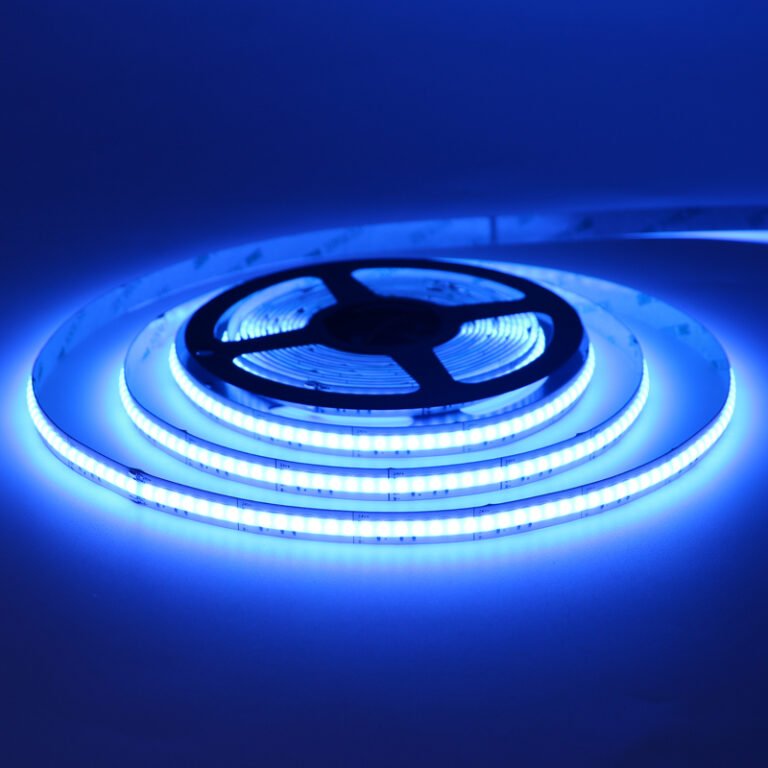LED Light Strip – Relationship Between The Number Of Light Beads And Lighting Effect
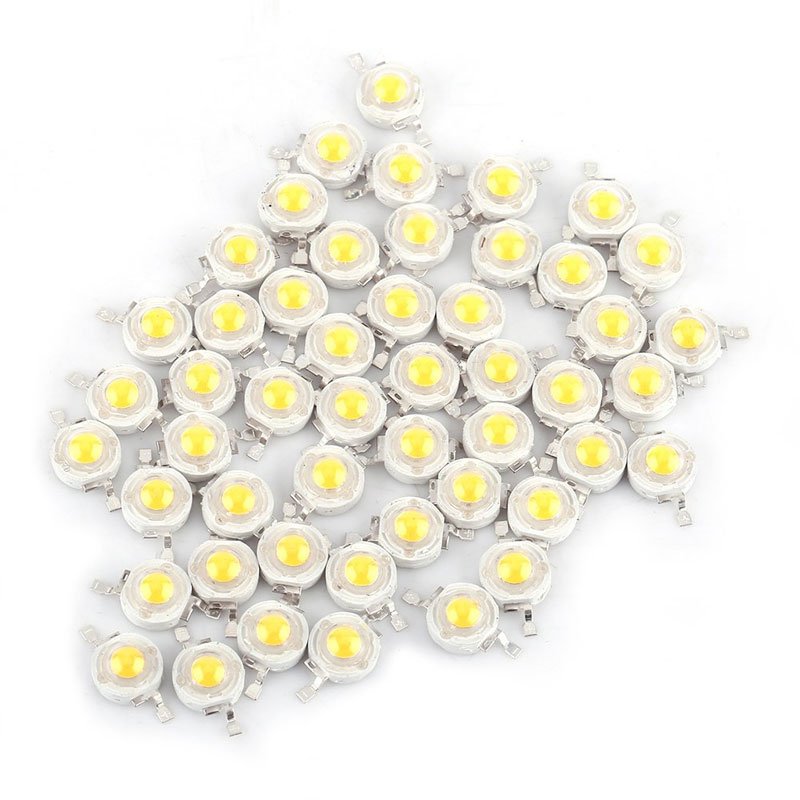
Light beads in light strips: An overview
Consumers tend to overlook the significance of lamp beads when selecting their desired lighting effect from light strips, yet we will discuss their significance today to assist you in selecting an optimal lighting effect that meets your individual requirements. We will highlight its role and discuss its effect as one key component.
Relation between lamp beads and lighting effect
The number of lamp beads has an immense effect on the brightness, uniformity and visual effects of a light strip. Simply stated: the more lamp beads there are, the higher its brightness and more uniform its lighting effect is; conversely, as there become less lamp beads present, its brightness reduces and its lighting effect becomes less uniform over time.
How to Select Lamp Beads Properly
Select your lighting requirements according to space size and desired effects: As more lighting will be needed in larger rooms, light strips with higher lamp bead density should be selected accordingly. Living rooms and bedrooms are good examples of spaces ideal for using light strips with this attribute to achieve uniform and bright overall effects of illumination.
Consider both the power and brightness of the luminaire: high-power light strips may produce stronger lighting effects, yet may increase energy consumption significantly. It is therefore crucial that when choosing lamp beads it be given due consideration with regards to power, brightness, energy consumption, environmental impacts etc in order to meet lighting requirements while at the same time saving energy and protecting the environment.
Attention should also be paid to the spacing and arrangement of lamp beads: Both factors impact lighting effect. Typically, smaller gaps between beads create more even lighting effects while different arrangements can achieve different visual or decorative effects.
Common Number of Lamp Beads on the Market
Conventional Bare Board Light Strip: Lamp beads most frequently utilized for this type of light strip are 2835, 5050 and 3528 models. When it comes to 2835 models specifically, various lamp beads such as 30 beads are typically chosen from among many options such as 60 beads for 70 beads 70 beads 84 99 120 140 168 180 and 240 beads are popular choices among 2835 users; with 5050 specs typically being 30 beads 48 60 72 72 72 72 72 96 and 120. Such quantities provide versatility in length and brightness needs.
COB light strip: This light strip made with flip chip technology uses high-density beads with uniform light emission for consistent illumination. Common bead counts range from 320 beads per meter up to 560 beads per meter – perfect for applications requiring high brightness with uniform illumination. It comes with multiple bead counts including 360 beads per meter. It comes in lengths varying between 560 beads per meter to 840 beads per meter making them suitable for high brightness applications that need uniform illumination.
The number of lamp beads isn’t the sole factor influencing lamp quality
While the number of lamp beads has an obvious impact on the lighting effect of a light strip, it should not be seen as the sole factor when purchasing one. Other considerations such as light source type, color temperature and rendering index all play an integral part in creating the ideal illumination effect; so comprehensive attention must be given when purchasing.
What factors contribute to the brightness of a light strip in addition to lamp beads?
Power: As light strip power increases, its brightness also tends to rise accordingly. Power can be defined in terms of number of LED beads, voltage, current and resistance.
Color: The hue of a light strip can have an effect on its brightness performance, necessitating different levels of illumination for optimal visual comfort and balance.
Power supply: For optimal brightness, light strips require an appropriate power supply. If the supply cannot provide sufficient current to illuminate the light strip, insufficient brightness may result. Furthermore, high-power lighting strips must use power sources and switches that match, or they could affect brightness negatively.
Environment: The usage environment can also have a substantial effect on the brightness of light strips. High ambient temperatures, for instance, can detract from their luminescence. Meanwhile, avoiding excessive bending, stretching, and other conditions that might alter them is key in keeping their brightness steady and constant.
Transformer: The transformer plays an essential role in determining the brightness of a light strip, so selecting an unsuitable transformer may lead to insufficient illumination of its surface area.
How to Assess Lamp Bead Quality
Quality lamp beads play an essential role in lighting effects. High-quality beads typically offer higher brightness, longer lifespan and better stability – when shopping, pay special attention to brand, material and production process to ensure you purchase high-quality pieces.
Methods for judging lamp beads’ quality
Appearance Inspection: As part of appearance inspection, visually examine each LED lamp bead for any physical damage such as charred marks or blackened internal chips indicating physical wear-and-tear damage to its beads. Also inspect quality of materials used, particularly wiring process, substrate material quality and the quality of cover materials.
Brightness and Color Temperature: Good LED lamp beads should provide high luminance, soft light, vibrant colors without flickering or uneven brightness, without flickering or uneven brightness. Color temperature can also serve as an indicator of lamp bead quality: quality LED lamp beads have pure colors so that users can select an ideal temperature setting that best fits them and their usage environments.
Heat Dissipation Performance: High-quality LED beads should have exceptional heat dissipation performance, with low temperature rise and long lifespan. When testing, power on for a period of time before touching them to check that they are evenly heated across their surface and that the temperature does not become unbearably hot to touch.
Stability: High quality LED beads have the capability of maintaining steady current and voltage without fluctuation, helping prolong bulb lifespan.
Waterproof Rating: When choosing lamp beads to use underwater or outdoors environments, waterproof rating becomes increasingly significant. A higher waterproof rating increases their application range.
Use Testing Tools: When checking whether LED lamp beads are working as intended, using testing tools like LED test pens, battery packs, or multimeters are ideal ways to do so. Connect the red probe of the multimeter to the positive terminal while connecting its black probe to its negative terminal – if the lamp beads light up slightly when connected this way then they are safe and intact.
Summary
Lamp beads are one of the key factors determining the lighting effect of light strips, and understanding their relationship to this aspect of their lighting effect is of great significance for selecting an ideal light strip product. With proper knowledge of this relationship and how to select an optimal number and quality of lamp beads for use in home environments we can purchase and utilize light strip products more efficiently to create comfortable yet beautiful home lighting environments while simultaneously keeping up-to-date with future development of lighting technology allowing us to exploit new technologies/materials more fully while living a better quality life overall.



